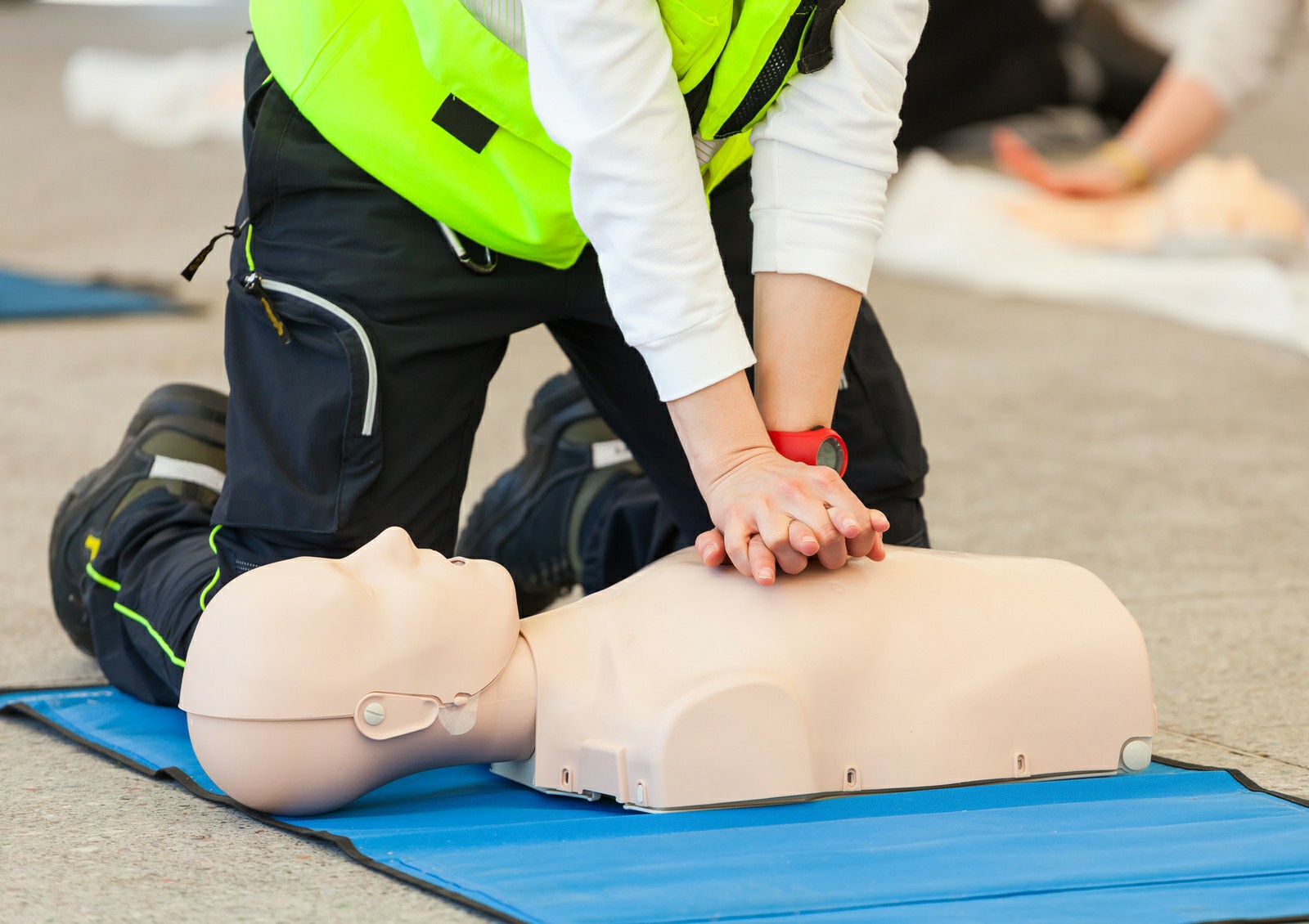Empowering Your Workforce with First Aid Training: A Necessity for Safety and Emergency Preparedness
In today's fast-paced work environments, ensuring the safety and well-being of employees is a paramount concern for business owners and HR managers. One crucial aspect of workplace safety is First Aid training and obtaining CPR certification. These skills not only save lives but also foster a culture of safety and preparedness that can transform workplace dynamics. This blog delves into the numerous benefits of First Aid training and CPR certification, emphasizing their vital role in workplace safety and emergency preparedness.
The Importance of First Aid Training in the Workplace
First Aid training plays a pivotal role in preparing employees to respond effectively to emergencies. Here are some key reasons why every workplace should prioritize it:
- Emergency Response Preparedness: Training empowers employees to respond quickly in critical situations, reducing recovery times and potentially saving lives.
- Increased Employee Confidence: Workers who are trained in First Aid feel more confident in their ability to handle emergencies, leading to a more secure workplace atmosphere.
- Improved Workplace Morale: A safe work environment enhances employee morale, resulting in higher productivity and job satisfaction.
Key First Aid Skills Every Workplace Must Prioritize
First Aid training equips employees with essential skills that can be applied in various emergency scenarios. Here’s a closer look at some fundamental skills taught in First Aid courses:
- Wound Care: Understanding how to properly clean and dress wounds to prevent infection.
- Choking Relief: Skills in recognizing and performing first aid for choking, including the Heimlich maneuver.
- Basic Life Support (BLS): Knowledge of how to assess a patient, perform CPR, and use an Automated External Defibrillator (AED).
Understanding CPR: Life-Saving Techniques Every Employee Should Know
Cardiopulmonary Resuscitation (CPR) is a critical skill that can save lives during cardiac emergencies. Here’s why every employee should be trained in CPR:
- Immediate Action: CPR doubles or triples a person's chance of survival in cases of cardiac arrest if administered within the first few minutes.
- Team Approach: CPR training fosters teamwork during emergencies, ensuring that employees know their roles and can work together effectively.
- Confidence in Critical Situations: Learning CPR reduces the fear of acting in emergencies, empowering employees to take charge when it matters most.
Regulatory Compliance and Workplace First Aid Requirements
Compliance with health and safety regulations is crucial for every business. Here’s how First Aid training fits in:
- Legal Requirements: Many jurisdictions mandate First Aid training in workplaces, particularly in industries with higher occupational hazards.
- Insurance Benefits: Staying compliant can lead to lower insurance premiums, as it reduces risks associated with workplace accidents.
- Crisis Management: Having trained employees in First Aid ensures that the organization can manage crises more effectively, minimizing potential liabilities.
Benefits of First Aid Certification for Businesses and Employees
Investing in First Aid certification yields significant advantages for both businesses and their employees:
- Enhanced Safety Culture: Certification fosters a proactive approach to safety, encouraging employees to prioritize health and safety in all operations.
- Retention and Recruitment: Organizations committed to employee well-being attract top talent and enhance retention rates.
- Cost-Effective Solutions: Training can mitigate accidents and reduce the financial impact of workplace injuries.
Emergency First Aid Procedures: Step-by-Step Guidelines
Proper response procedures can drastically alter the outcome of emergencies. Here are essential steps employees should practice:
- Assess the situation: Ensure the scene is safe before approaching and check the condition of the victim.
- Call for help: Dial emergency services and provide them with the necessary information.
- Provide First Aid: Administer appropriate First Aid based on the training received.
- Monitor the victim: Keep track of the victim's condition until professional assistance arrives.
Choosing the Right First Aid Course: Online vs. In-Person Training
Organizations can choose between online First Aid courses and traditional in-person training. Consider the following:
- Flexibility: Online courses offer flexibility, allowing employees to learn at their own pace.
- Hands-On Experience: In-person training provides valuable practical experience crucial for confidence in real-life situations.
- Cost-Effectiveness: Online courses can be more affordable, reducing costs associated with travel and accommodation.
Final Call to Action: Invest in Your Team's Safety Today
Don't wait for an emergency to realize the importance of First Aid training. Invest in your team's safety by enrolling them in a certified First Aid & CPR training course today! Equip your workforce with the skills necessary to respond effectively in emergency situations, ensuring a safer workplace for everyone.
For more information on First Aid courses in Dublin and beyond, contact us at [email protected] or visit our website.



 349,500 Offered Certificates
349,500 Offered Certificates
 24/7 Online Training
24/7 Online Training
 Money Back Guarantee
Money Back Guarantee
 Fully Accredited Courses
Fully Accredited Courses
